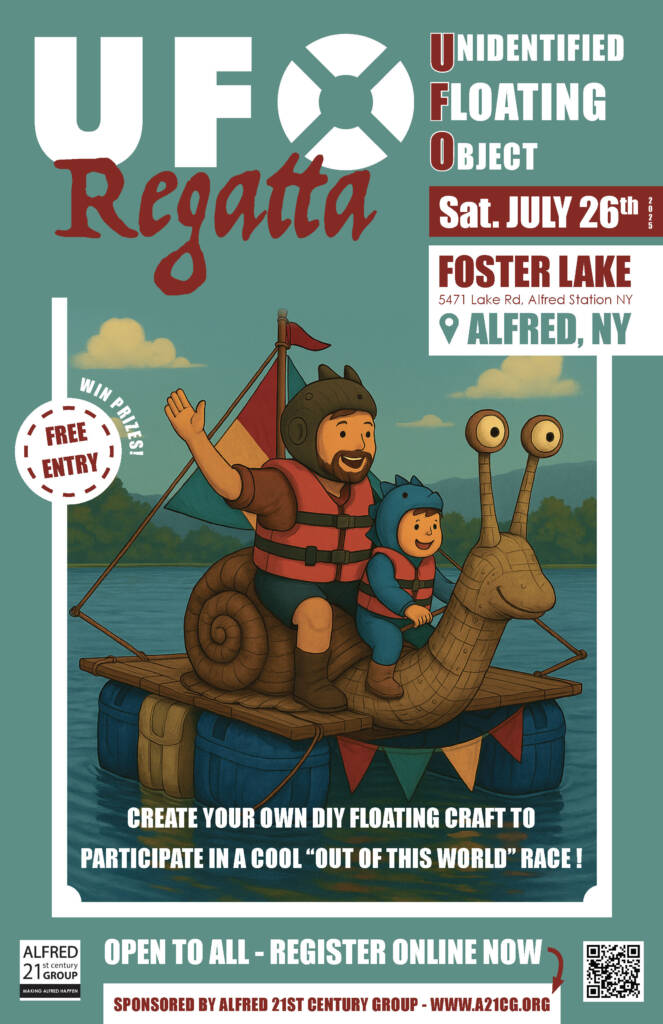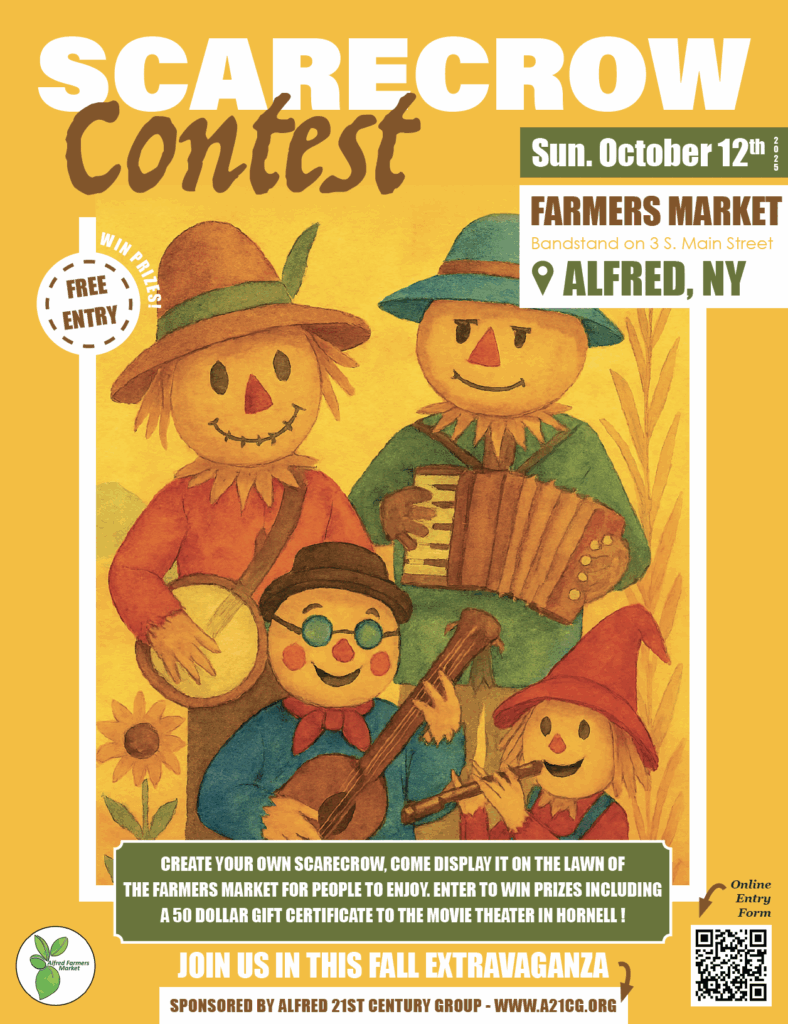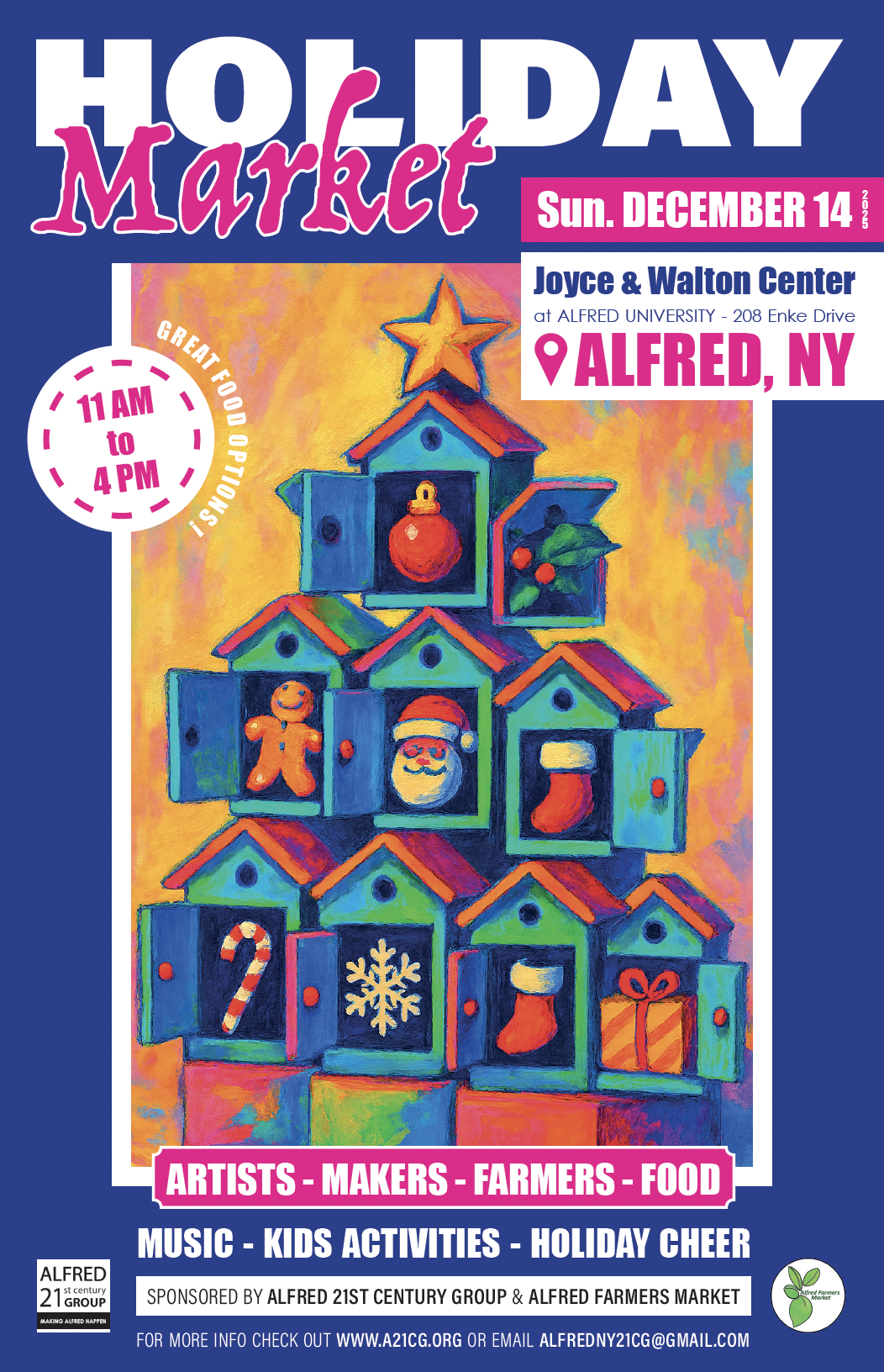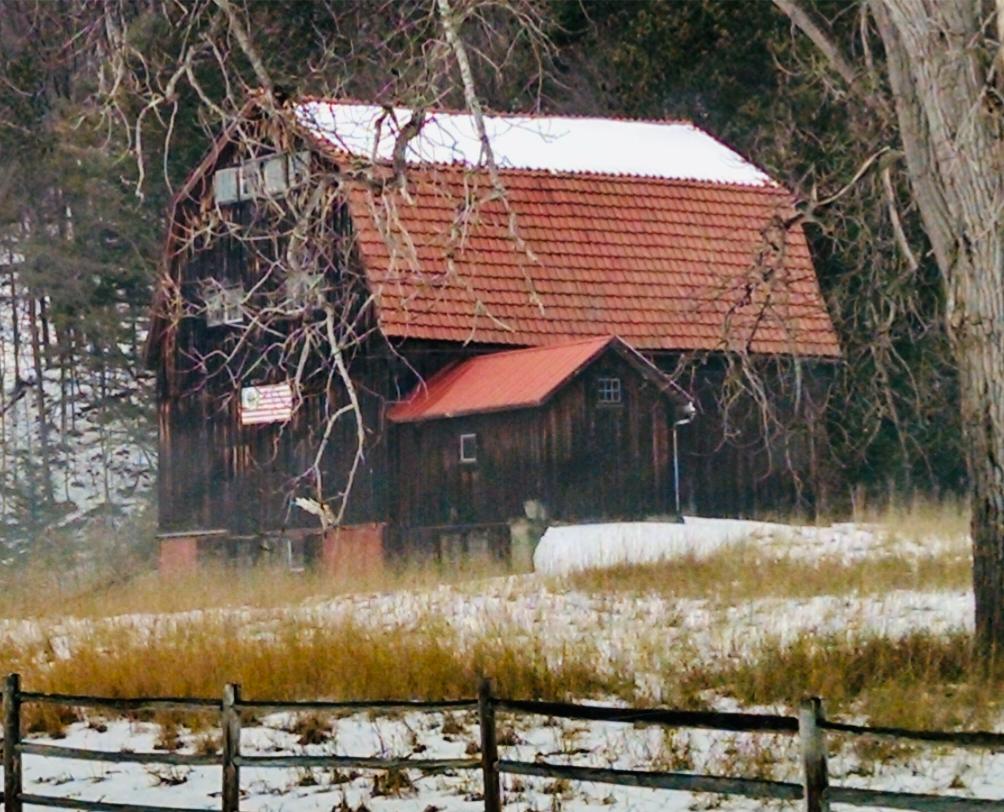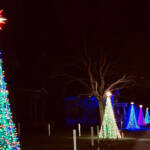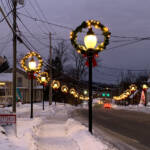Making Alfred, Inviting, Warm & Beautiful
The mission of Alfred Twenty First Century Group is: to preserve, improve, and enhance the natural and built environment of the Village and Town of Alfred, and to foster attitudes to make Alfred a welcoming and engaging community, recognizing the unique characteristics and contributions of the colleges, students, and residents alike, in order to promote harmony and growth.
On-going Projects
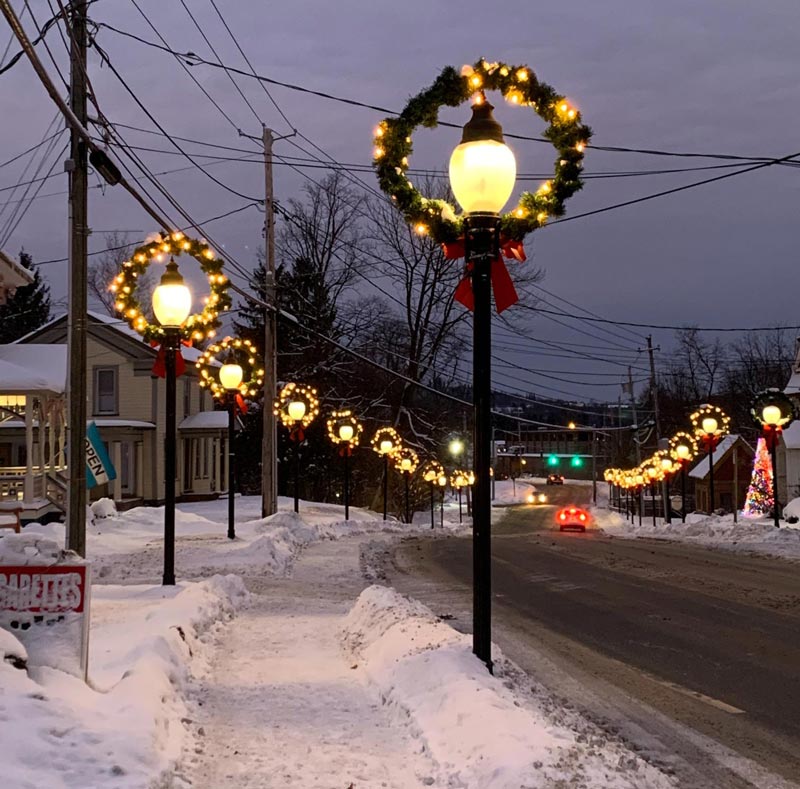
Christmas Decorations
These warm and lovely wreaths added a classic feel to the streetlights on main Street ever since they were installed.
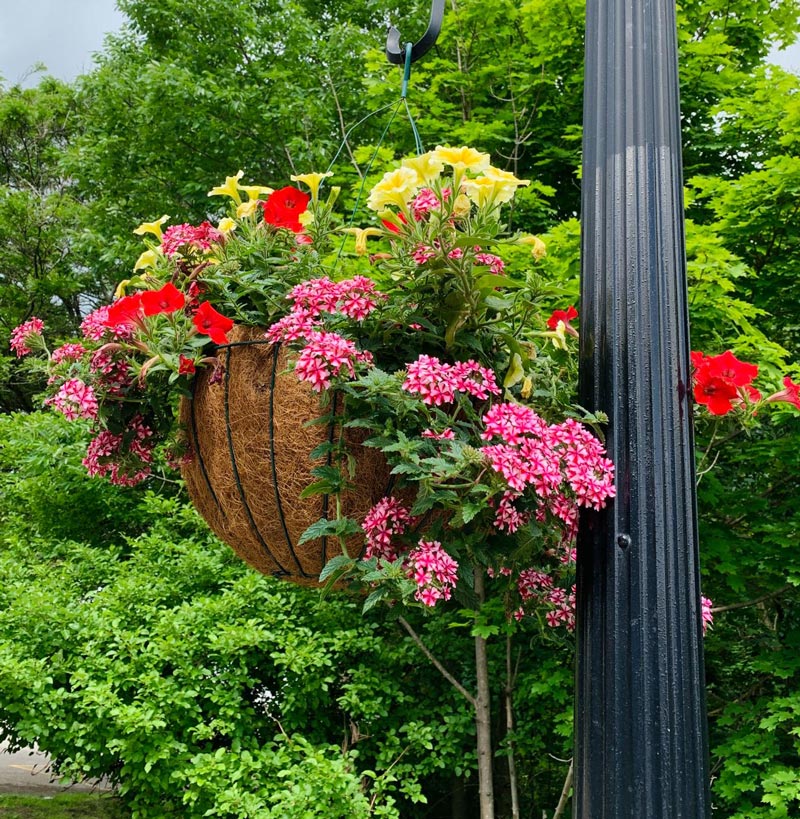
Annual Village Flowers
These large street level pots and lamp post hanging planters have been a greatly appreciated touch of color for years
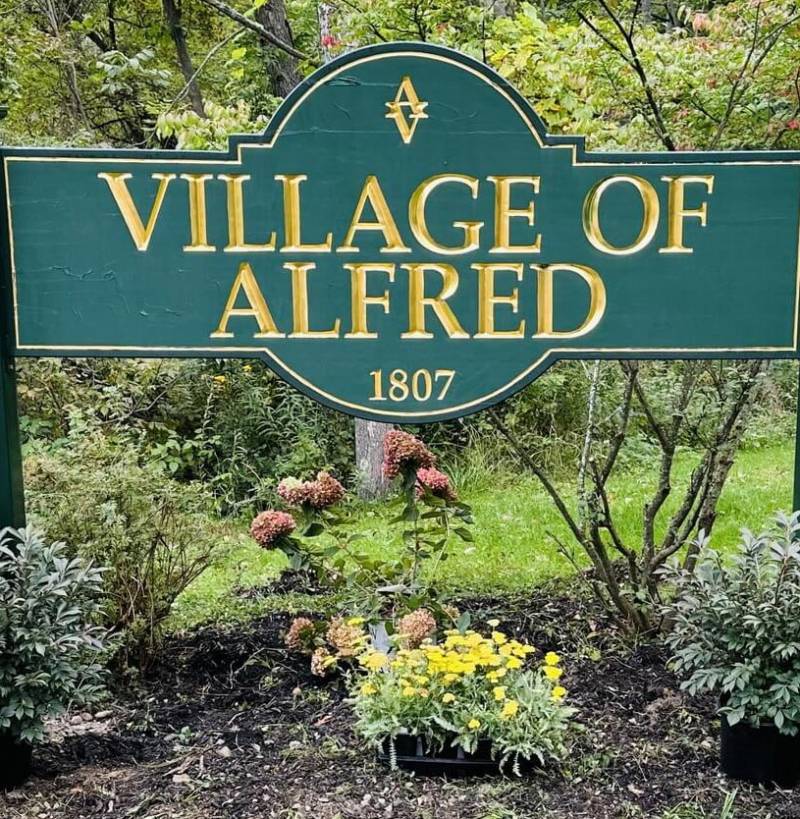
Entrance Signs
These signs warmly welcome people and identify where they are. They require ongoing maintenance and landscaping.
Past Projects
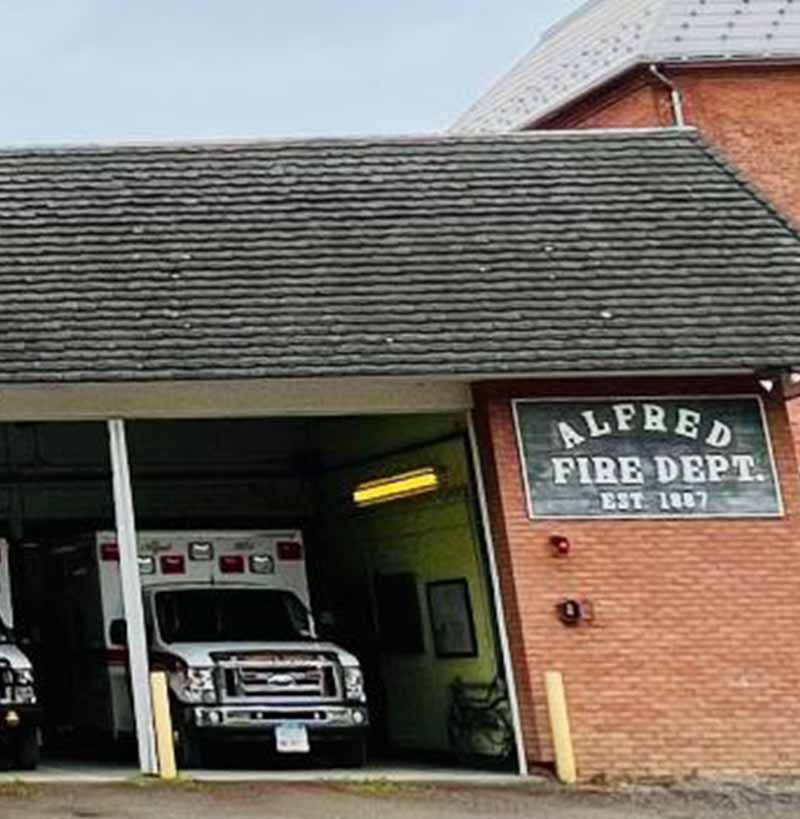
Village Hall Restoration
This project restored the historic “Fireman’s Hall”, so that it now serves as the Village Offices, The Police Department, and has a second floor theater space.
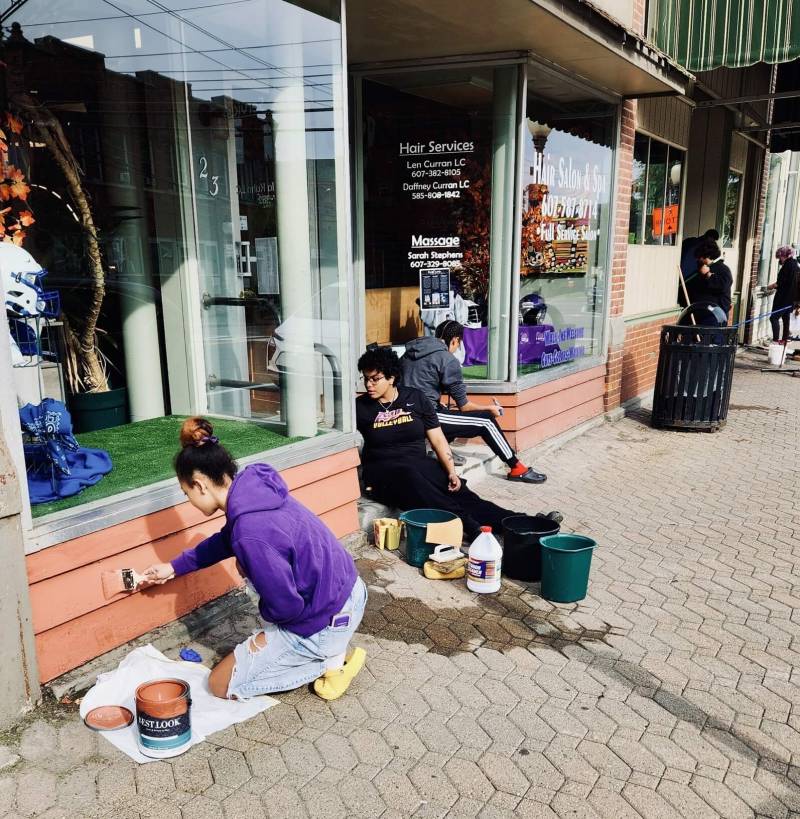
Main Street Streetscape
This project replaced the sidewalks with volunteer laid pavers on both sides of Main St. for a city block, and installed new classic street lights.
A Regenerated Alfred
Every Village, Town, and City has its own history. Alfred has a truly unique history, starting from before the days when terra cotta roof tiles were manufactured here. In those days, terra cotta manufacturing created an economy that helped Alfred prosper. Now, 125 years later, Alfred has the groundwork, knowledge and resources to become a stunning terra cotta community, infused with multiple terra cotta designs, in a community where people love to live and work and go to school.
01. Village Hall Restoration
02. Main Street Streetscape
03. Christmas Decorations
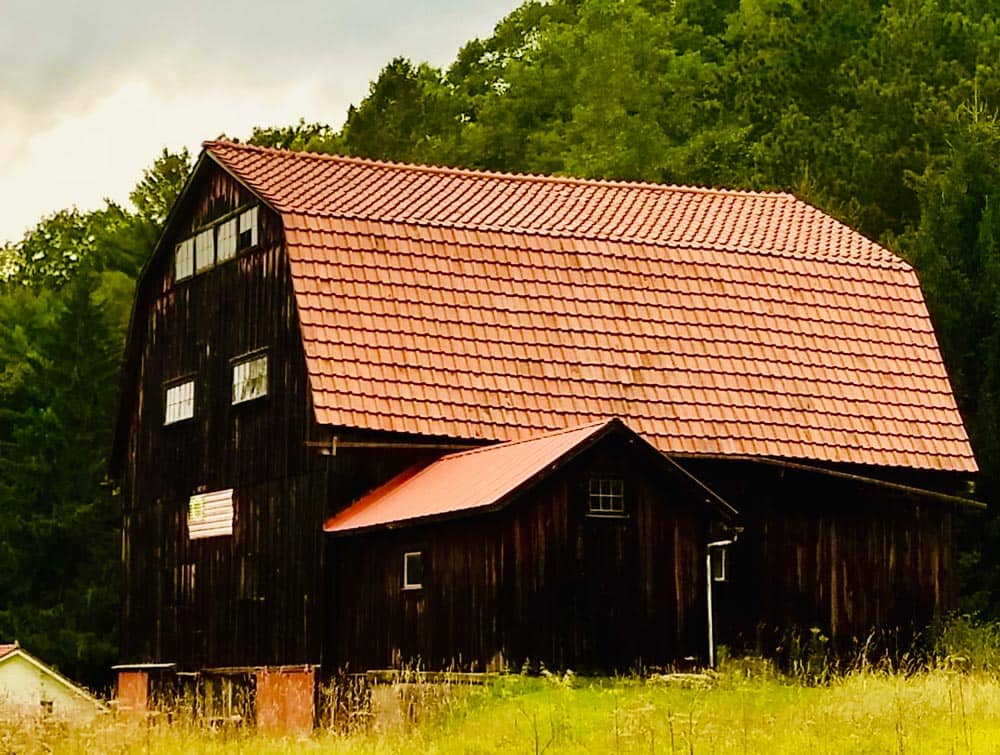
Terra Cotta barn roof
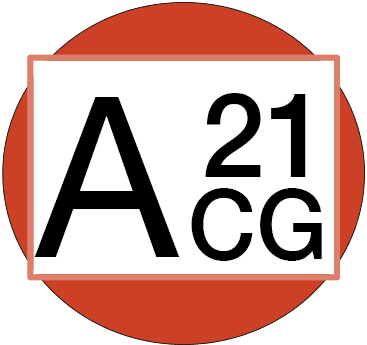
Alfred Twenty First Century Group
Who We Are
Alfred Twenty First Century Group, a volunteer 501(C)3 non profit started by Alfred University 30 years ago for community preservation and enhancement, is in place and ready to work to fulfill this vision.
Our Partners








Address
Contact Details
Bob Volk(Please leave a message) volk.bob43@gmail.com 585-648-6560
Kathleen Benzaquinkb0515@gmail.com



